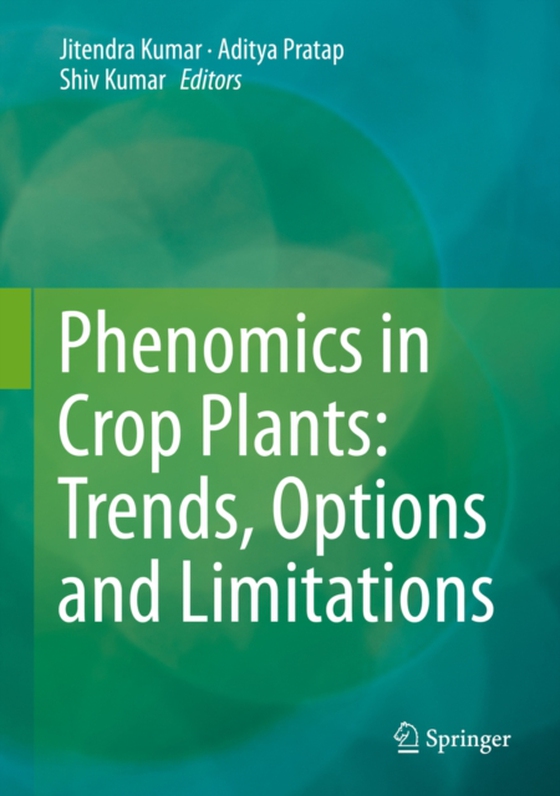
Phenomics in Crop Plants: Trends, Options and Limitations e-bog
875,33 DKK
(inkl. moms 1094,16 DKK)
Identification of desirable genotypes with traits of interest is discernible for making genetic improvement of crop plants. In this direction, screening of a large number of germplasm for desirable traits and transfer of identified traits into agronomic backgrounds through recombination breeding is the common breeding approach. Although visual screening is easier for qualitative traits, its use...
E-bog
875,33 DKK
Forlag
Springer
Udgivet
5 marts 2015
Genrer
Genetics (non-medical)
Sprog
English
Format
pdf
Beskyttelse
LCP
ISBN
9788132222262
Identification of desirable genotypes with traits of interest is discernible for making genetic improvement of crop plants. In this direction, screening of a large number of germplasm for desirable traits and transfer of identified traits into agronomic backgrounds through recombination breeding is the common breeding approach. Although visual screening is easier for qualitative traits, its use is not much effective for quantitative traits and also for those, which are difficult to score visually. Therefore, it is imperative to phenotype the germplasm accessions and breeding materials precisely using high throughput phenomics tools for challenging and complex traits under natural, controlled and harsh environmental conditions. Realizing the importance of phenotyping data towards identification and utilization of a germplasm as donors, global scientific community has exerted increased focus on advancing phenomics in crop plants leading to development of a number of techniques and methodologies for screening of agronomic, physiological, and biochemical traits. These technologies have now become much advanced and entered the era of digital science. This book provides exhaustive information on various aspects related to phenotyping of crop plants and offers a most comprehensive reference on the developments made in traditional and high throughput phenotyping of agricultural crops.
 Dansk
Dansk

